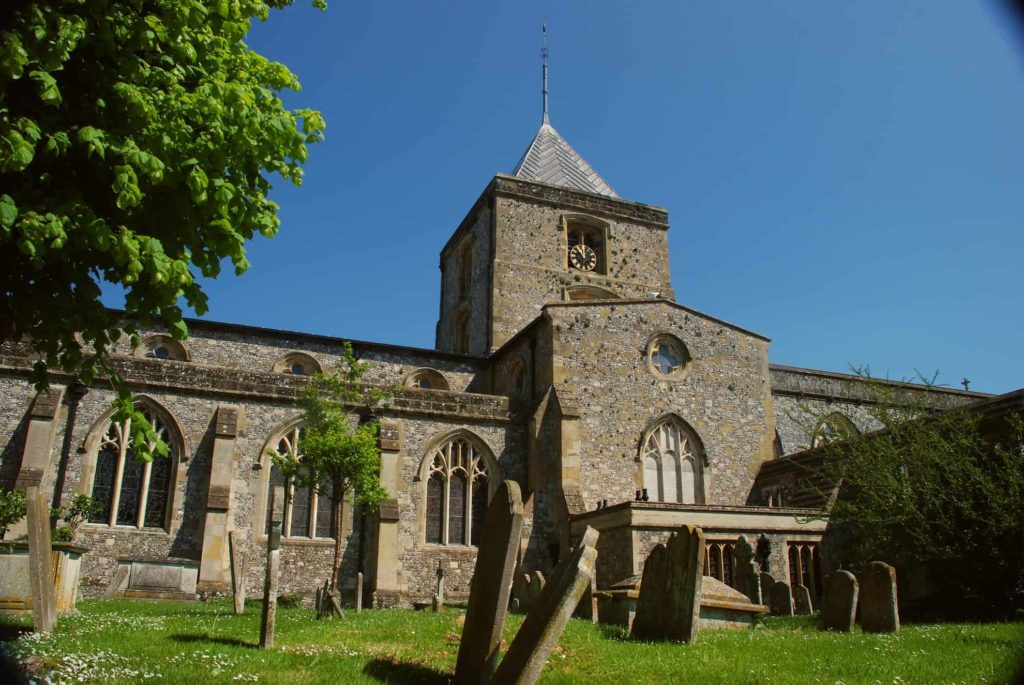Community header template
- Home
arrow_drop_down
- News
arrow_drop_down
- What’s On
- Local Information
arrow_drop_down
- Community Groups
arrow_drop_down
- Business Support
arrow_drop_down
- Advertising Rates
- Business Networks
- Akin Arundel
- Arundel Chamber of Commerce
- Consultants, Admin Support & Office Space
- Film Location & Production Support
- IT & Technical Support
- Legal, Financial Planning, Accountants And Insurance
- Local Publications And Media
- Marketing, Printing & Digital
- Business Newsletter
- Local Directory
arrow_drop_down
- Estate & Lettings Agents & Architects
- Health, Beauty & Wellbeing
- Home & Gardening Services
- Legal, Financial Planning, Accountants And Insurance
- Photographers, Fashion & Lifestyle
- Retirement, Care & Funeral Services
- Travel, Holidays & Languages
- Tradesman, Builders and Property Services
- Vehicle Repairs, Storage, Hire & Taxi Services
- Weddings, Events & Entertainment
- Contact
Messages from the Churches

Published Spring 2021
FOR many of us the turn of the year was a relief. Clearly, 2020 will go down in the history books –and not as a good year! But, as I write this in the middle of January, although the rollout of the vaccine brings talk of light at the end of the tunnel, that light still seems far off for many of us. Indeed, the dark, wet and windy weather seems to harmonise well with the terrible news of a mounting death toll and hospitals at breaking point. Am I depressed? No, but I’m hardly full of the joys of spring.

CANON DAVID TWINLEY St Nicholas Arundel

WE read in the Gospels of Jesus appearance to women early on Resurrection Day and also his wonderful appearance on the Emmaus Road to Two travellers. However, I want go to focus on Jesus appearance to his disciples late on the first Easter Sunday as recorded in John 20:19-23. His 10 disciples were gathered on the evening of the first day of the week, behind closed and locked doors in a room within Jerusalem.
Thomas was missing from the meeting and Judas hung himself for betraying Jesus. Why were the disciples there in fear, quite simply because the man whom they had been following had been crucified; he died and was buried.
They were feeling bereft, somewhat isolated and assumed that as Jesus had been arrested; suffered brutality and death that they were next of the list for capture by those who were baying for Jesus crucifixion and death. Suddenly Jesus came and stood amongst his disciples and spoke to them. No doors were unlocked – Jesus appeared before his disciples in his resurrection body that was not limited in the way it was before. Yes, it still showed the scars of crucifixion yet Jesus was now in his resurrected body. Jesus body now defied the laws of nature. In the presence of his disciples Jesus spoke with them and said, ‘peace be with you’. Knowing they were afraid he spoke a message of peace to reassure them and calm their fears and anxiety. Our Lord showed them His hands and side which carried scars and this helped to prove to the disciples that in front of them was Jesus. This passage tells us that the disciples were glad (perhaps an understatement) when they saw Jesus who had been teaching them about his death and resurrection for three years, but did they believe or take in what he was teaching. We can make an application of this teaching point to ourselves. Jesus then identified himself with his Father in Heaven as he told his disciples by whose authority, he did his work! He then passed on the job of spreading his message of salvation to his disciples. Jesus then equipped them for the task, by breathing the breath of God on them as he said, ‘receive the Holy Spirit. The work of the cross of Jesus Christ is peace. My dear friends, the past year has been challenging! If you know Jesus as Lord and Saviour; seek the invigorating breath of God to be imparted to you afresh. If you are distant from God today then call upon Jesus and receive the saving breath of His salvation!THE REVD STEVE LOMAS Pastor, Arundel Baptist Church

THE Easter proclamation Jesus Christ is risen from the dead will be made by all Christians across the world; children, young people and adults will consume more chocolate than they usually do, and the daylight will grow longer each day.
Hopefully, there will be something reassuringly familiar about those things in what has become a world where much of life has been disrupted and plenty of suffering endured. In a Christian message, he suffering of Jesus Christ on the Cross is always present, even when we are celebrating a joyful event like Easter, just like the suffering in our own lives is always present when we are together celebrating. At a baptism or a wedding, it is often the case that we find ourselves praying for close family and friends who are sick or who have died. These celebrations often take place with those whose family, personal or work relationships have or are breaking down, or who have lost jobs or businesses or are being victimised in some way. We know that wounds are carried from the past into the present. The crucifixes and the crosses in our homes and churches are reminders to us that we and others suffer, and this is something we cannot escape. Suffering is often called a mystery, especially when we see ‘bad things happening to good people’ and we search for meaning and words to console. Sometimes, out of fear, we try to avoid others because we don’t know what to say or do.
Those crucifixes and crosses that adorn the walls of home and worship space are also a reminder that Jesus in his suffering was “a thing despised and rejected by men, a man of sorrows and familiar with suffering, a man to make people screen their faces; he was despised and we took no account of him. And yet ours were the sufferings he bore, ours the sorrows he carried.” In bearing our sufferings and carrying our sorrows he showed us the love that he has for the Father and for each of us. The love of God does not always take our sufferings away and this is another aspect of the mystery. But God’s love can transform our suffering into new life, the new life seen in Jesus’ resurrection from the dead. When we are helped to love others and God in our sufferings and sorrows, we find Jesus the man of sorrows. When we find Jesus, we have found him who has risen from the dead and he offers us a share in his risen life of love. When the risen Christ greets his disciples, he says “Peace be with you.” We who stand at the foot of someone else’s cross can help others to find the love of Jesus by offering love and care to the extent we can. When the Eucharist is celebrated it is a sign of the presence of the suffering, death and resurrection of Jesus in our lives. It is that love that transforms the bread and wine and it is that love that can transform our suffering into new life. In our suffering Easter is still present. The longer daylight is still the sign of new life, the chocolate is still the sweet taste of love and yes, despite it all, still Jesus Christ is risen from the dead, Alleluia! Alleluia! Happy Easter!
CANON DAVID PARMITER
Arundel Cathedral
